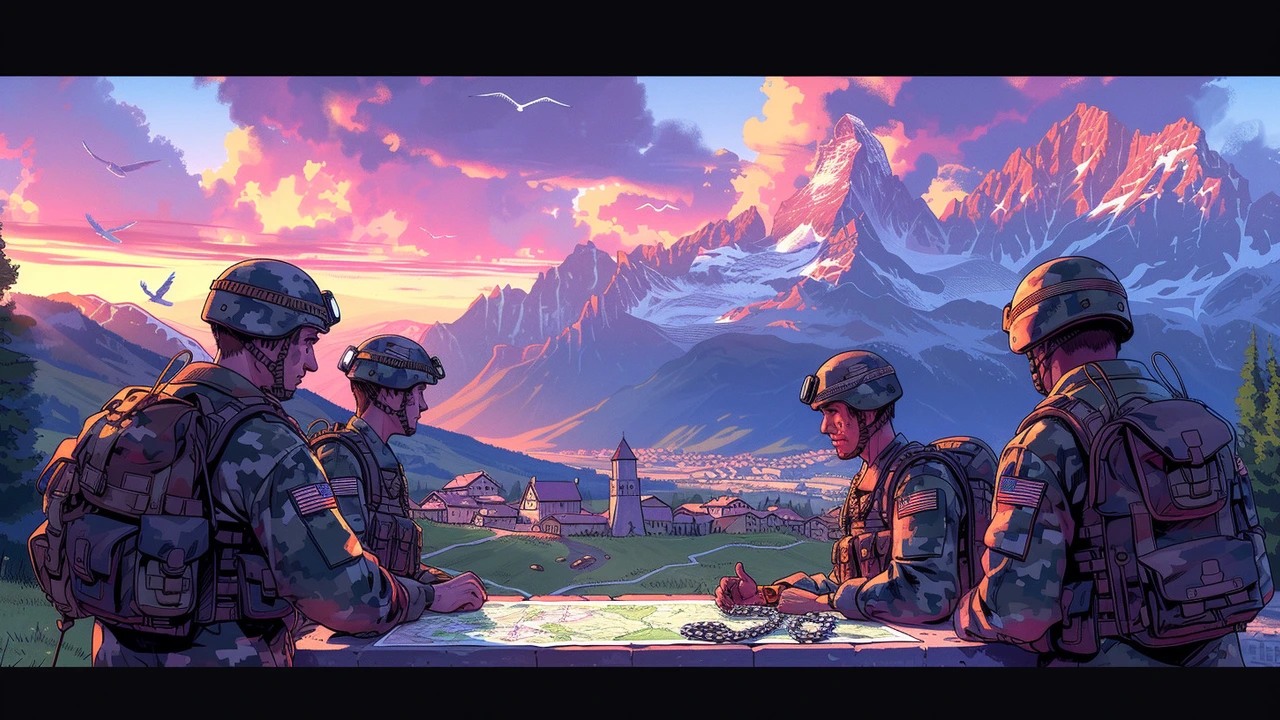Peace isn’t just the absence of war. International peace is a mix of diplomacy, on-the-ground action, laws, and local trust. When those elements work together, communities start rebuilding, kids go back to school, and economies stop collapsing. When they don’t, violence resurges. That’s why understanding how peace is made and kept matters—whether you follow the news, vote, or volunteer.
Most people picture peacekeepers in blue helmets. They do protect civilians, patrol ceasefires, and create safe spaces for talks. But modern peacekeeping also helps rebuild courts, support elections, train police, and monitor human rights. The United Nations often leads missions, but regional groups and national forces play big roles too. Each mission has a mandate — a clear list of tasks it must do — and success depends on realistic goals, local partners, and steady funding.
Practical problems show up all the time: unclear mandates, weak local institutions, lack of resources, and political interference. Technology helps—satellite imagery, mobile reporting, and secure communications—but tech can’t replace trust between communities and peace teams. Real progress comes from simple things: clear rules, reliable patrols, and local leaders who buy into peace plans.
Success looks small at first: a reopened clinic, a safe market day, or a teacher returning to work. Those wins add up. Long-term peace needs rebuilding courts, supporting jobs, and helping communities talk about the past. That’s why peacebuilding is part of peacekeeping now: protecting people today and making systems that stop violence tomorrow. Case studies show missions with local participation and solid reconstruction plans tend to last longer.
You might wonder what you can do. First, stay informed—reliable news and verified reports matter when public opinion drives policy. Support NGOs doing local work or donate to vetted relief efforts. If you’re a student or professional, consider training programs in conflict resolution, humanitarian aid, or international law. Even low-effort actions count: share verified stories, contact your representatives about funding for peace operations, or volunteer with local organizations that help refugees.
Peacekeeping is messy and never perfect. But it works more often than people think when mandates are clear, funding is steady, and local voices are at the center. Watch for practical indicators of progress—schools reopening, fair elections, courts functioning—not just headlines. If you care about international peace, focus on steady, practical support rather than dramatic gestures. Small, consistent steps build durable peace.

As a fervent advocate for peace, I am excited to share insights on how peacekeeping has emerged as a significant global initiative for peace. By analyzing its role in resolving international conflicts and maintaining harmony, this post offers a comprehensive understanding of peacekeeping's impact. Coupled with first-hand accounts and expert views, we delve into the nuances of this critical facet of global diplomacy. Join me as we explore this fascinating journey towards a world with less strife and more understanding.

As someone who is deeply passionate about achieving world peace, I'd like to draw your attention to the noble effort universally known as Peacekeeping. This global endeavor for lasting peace is a powerful testament to humanity's longing for security and harmony. It's a fascinating subject, diverse in its operations and impactful in its results. Through this post, I aim to shed light on its intricacies, the remarkable individuals involved, and their ceaseless efforts towards creating a better world.
